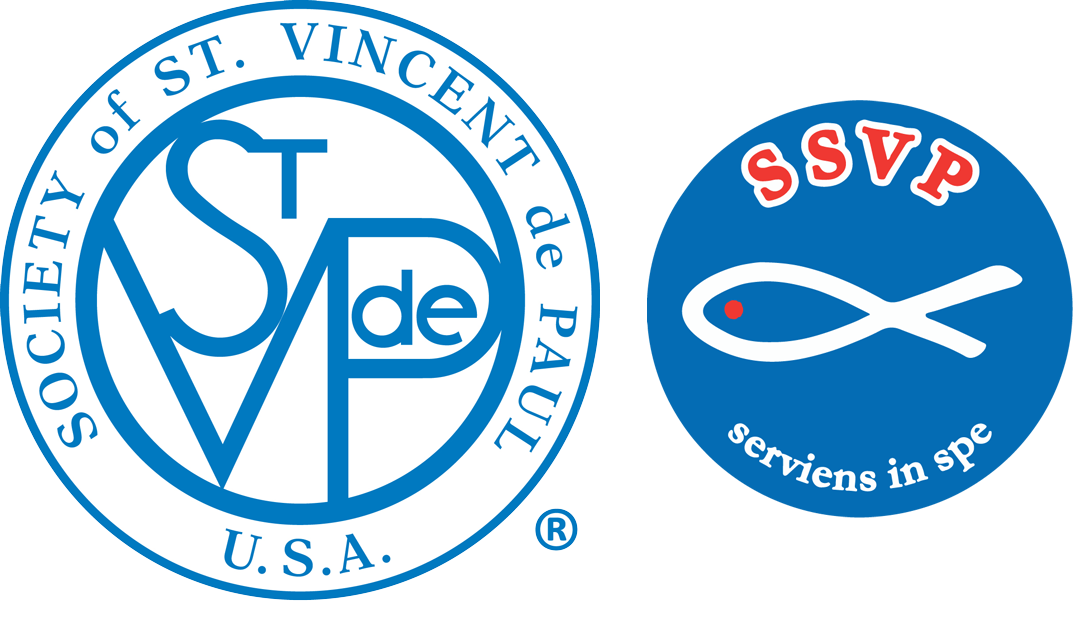Q: I am bothered by something that happens at our Conference meetings fairly regularly. We have a lot of parishioners who have shown interest in the Society, and it is pretty common to find one or two new faces at most of our meetings. During the meeting, they are allowed to vote on issues just like everyone else. Our President says he wants them to feel welcome and part of the group. Is this a good practice?
A: The answer is “no.” We welcome new people to be part of the Society, but there is a process to follow. In the current version of the Rule/Manual of the Society, there is a promoted procedure for bringing new members into the Society. This procedure includes introduction, training, active participation in works, discernment by the candidate and ultimate approval by the Conference. This process works and should not be short cut in order to bring more people into the Society. The decisions of Conferences are to be made by Active (Full) Members only, usually by consensus.
Q: Our Conference has just approved a set of bylaws. Now that they are approved, what is the next step?
A: The bylaws you approved must (should) correspond to the newly revised bylaws for Conferences approved by the National Council. Be sure that you have a record of the approval and copy of the bylaws in your Conference minutes. Next, send a copy of the bylaws through the organization chart to District and Diocesan Councils for their approval, recording and filing. The District and Diocesan Councils should also record their approvals in their minutes.
Español
P: Me molesta algo que sucede en nuestras reuniones de la Conferencia con bastante regularidad. Tenemos muchos feligreses que han mostrado interés en la Sociedad, y es bastante común encontrar una o dos caras nuevas en la mayoría de nuestras reuniones. Durante la reunión, se les permite votar sobre temas como todos los demás. Nuestro Presidente dice que quiere que se sientan bienvenidos y parte del grupo. ¿Es esto una buena práctica?
R: La respuesta es “no”. Damos la bienvenida a nuevas personas para que formen parte de la Sociedad, pero hay un proceso a seguir. En la versión actual de la Regla/Manual de la Sociedad, existe un procedimiento que se utiliza para invitar a nuevos miembros a la Sociedad. Este procedimiento incluye la presentación, la formación, la participación en los trabajos, el discernimiento por parte del candidato y la aprobación final por parte de la Conferencia. Este proceso funciona y no debe de haber un atajo para atraer a más personas a la Sociedad. Las decisiones de las Conferencias deben ser hechas únicamente por los Miembros Activos (en Pleno Derecho), generalmente por consenso.
P: Nuestra Conferencia acaba de aprobar un conjunto de Estatutos. Ahora que están aprobados, ¿cuál es el siguiente paso?
R: Los Estatutos que ustedes aprobaron deben corresponder a los Estatutos para Conferencias recientemente revisados y aprobados por el Consejo Nacional. Asegúrese de tener un registro de la aprobación y una copia de los Estatutos en las actas de la Conferencia. A continuación, envíe una copia de los Estatutos a través del organigrama a los Consejos Distritales y Diocesanos para su aprobación, registro y archivo. Los Consejos de Distrito y Diocesanos también deben registrar la aprobación de sus Estatutos en sus actas.

